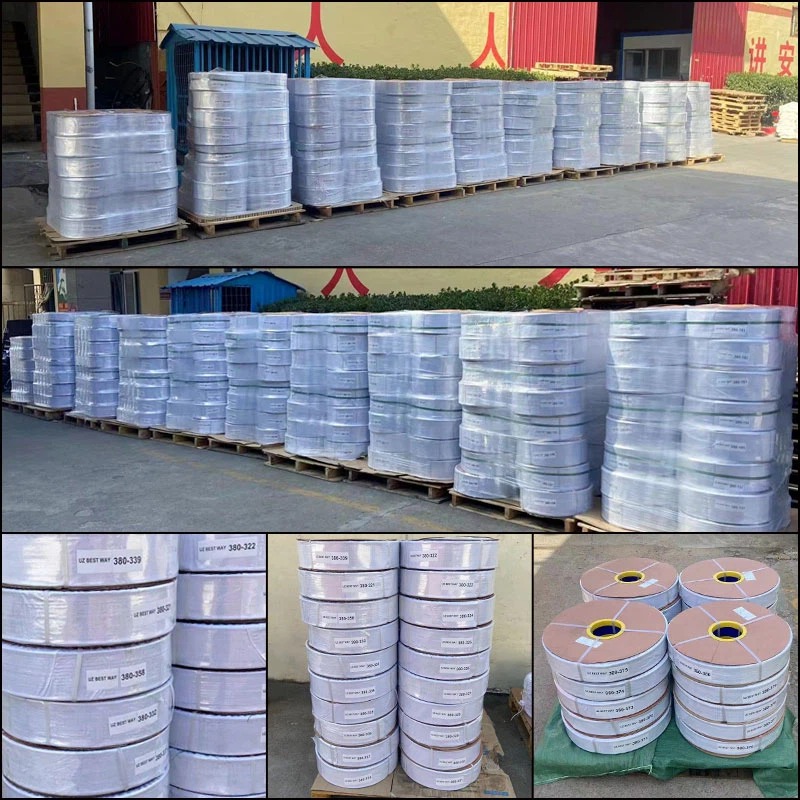How To Install Drip Irrigation System For Vegetable Garden
If you are looking for an efficient and cost-effective way to water your vegetable garden, then a drip irrigation system is the perfect solution. Drip irrigation systems deliver water directly to the roots of your plants, reducing water waste and ensuring that your plants receive the right amount of water they need to thrive. In this article, we will guide you through the process of installing a drip irrigation system for your vegetable garden.
Step 1: Plan Your Drip Irrigation System
Before you start installing your drip irrigation system, you need to plan it out. Start by measuring your garden and drawing a map of the area. This will help you determine the length of tubing and the number of emitters you will need. You should also consider the water source and the pressure of the water. If you have low water pressure, you may need to install a pressure regulator to ensure that the water flows evenly through the system.
Step 2: Install The Mainline
The mainline is the tubing that carries water from the water source to the rest of the system. Start by laying out the mainline along the perimeter of your garden. Use stakes or clips to secure the tubing to the ground. If you need to make a turn, use a 90-degree elbow fitting. Once you have installed the mainline, connect it to the water source using a backflow preventer and a filter.
Step 3: Install The Emitters
Emitters are the small devices that deliver water to your plants. They come in different types, including drippers, micro-sprinklers, and soaker hoses. Choose the type of emitter that best suits your garden and plants. Place the emitters along the mainline, making sure that they are spaced evenly and close to the plants. Use a punch tool to make a hole in the tubing and insert the emitter. Secure the emitter in place with a stake or clip.
Step 4: Test Your Drip Irrigation System
Once you have installed the mainline and the emitters, it's time to test your drip irrigation system. Turn on the water and check for leaks or clogs. Adjust the emitters to ensure that they are delivering water evenly to your plants. You may need to adjust the flow rate or the spacing of the emitters to achieve the best results. Once you are satisfied with the performance of your drip irrigation system, cover the tubing with mulch to prevent evaporation and to keep the soil moist.
In conclusion, installing a drip irrigation system for your vegetable garden is a simple and effective way to save water and ensure that your plants receive the right amount of water they need to grow. By following these steps, you can install a drip irrigation system that will help you achieve a healthy and productive garden. So, go ahead and give it a try!




